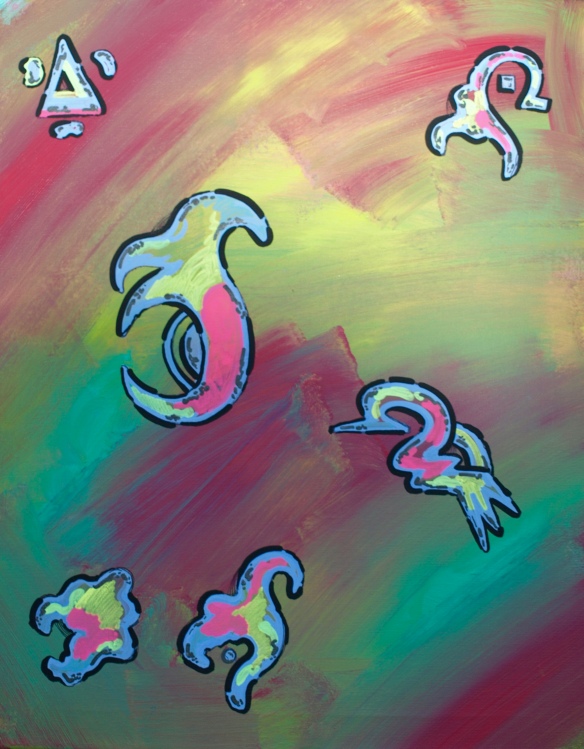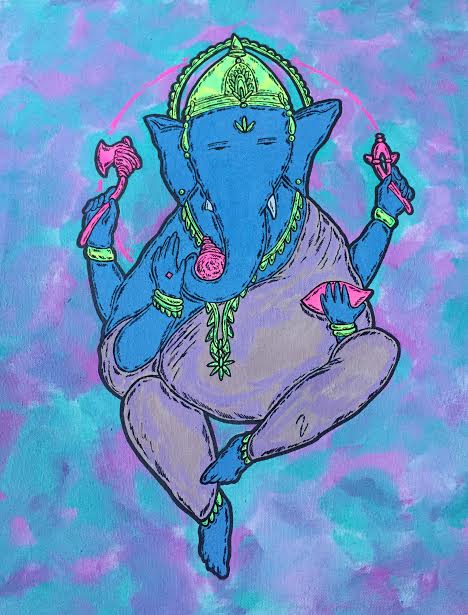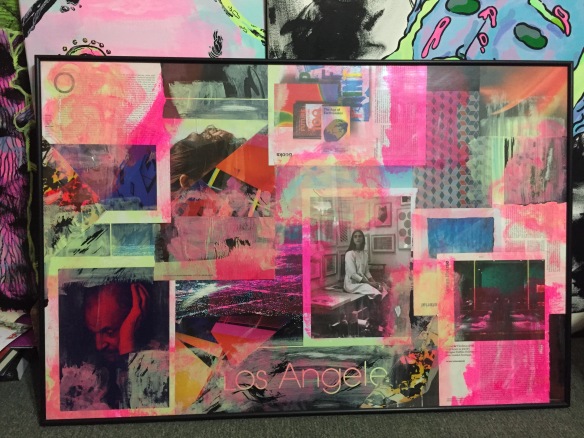This is new painting I did a couple of weeks ago. As an artist, I’m finally feeling as if I’ve found my style or niche. This goes hand in hand with being comfortable with whatever the finished product looks like.
Many artists (or ones that I’ve read about or have known personally) claim to be their own worst critics. I think there’s a flavor of perfectionism that accompanies this mindset. Mainly, that what one has outlined in their mind should closely mirror what ends up on canvas or other desired media. I used to be this way. But I’ve learned to find solace in things not ending up they way we want. Isn’t that a much more profound adherence to life in general? Being flexible and “rolling with the punches” turns any situation into the right one.
Gregory Hays’ translation of Marcus Aurelius’ “Meditations” highlights this discriminating but useful quality:
To live life in peace, immune to all compulsion. Let them scream whatever they want. Let animals dismember this soft flesh that covers you. How would any of that stop you from keeping your mind calm—reliably sizing up what’s around you—and ready to make good use of whatever happens? So that Judgment can look the event in the eye and say, “This is what you really are, regardless of what you may look like.” While Adaptability adds, “You’re just what I was looking for.” Because to me the present is a chance for the exercise of rational virtue—civic virtue—in short, the art that men share with gods. Both treat whatever happens as wholly natural; not novel or hard to deal with, but familiar and easily handled.









